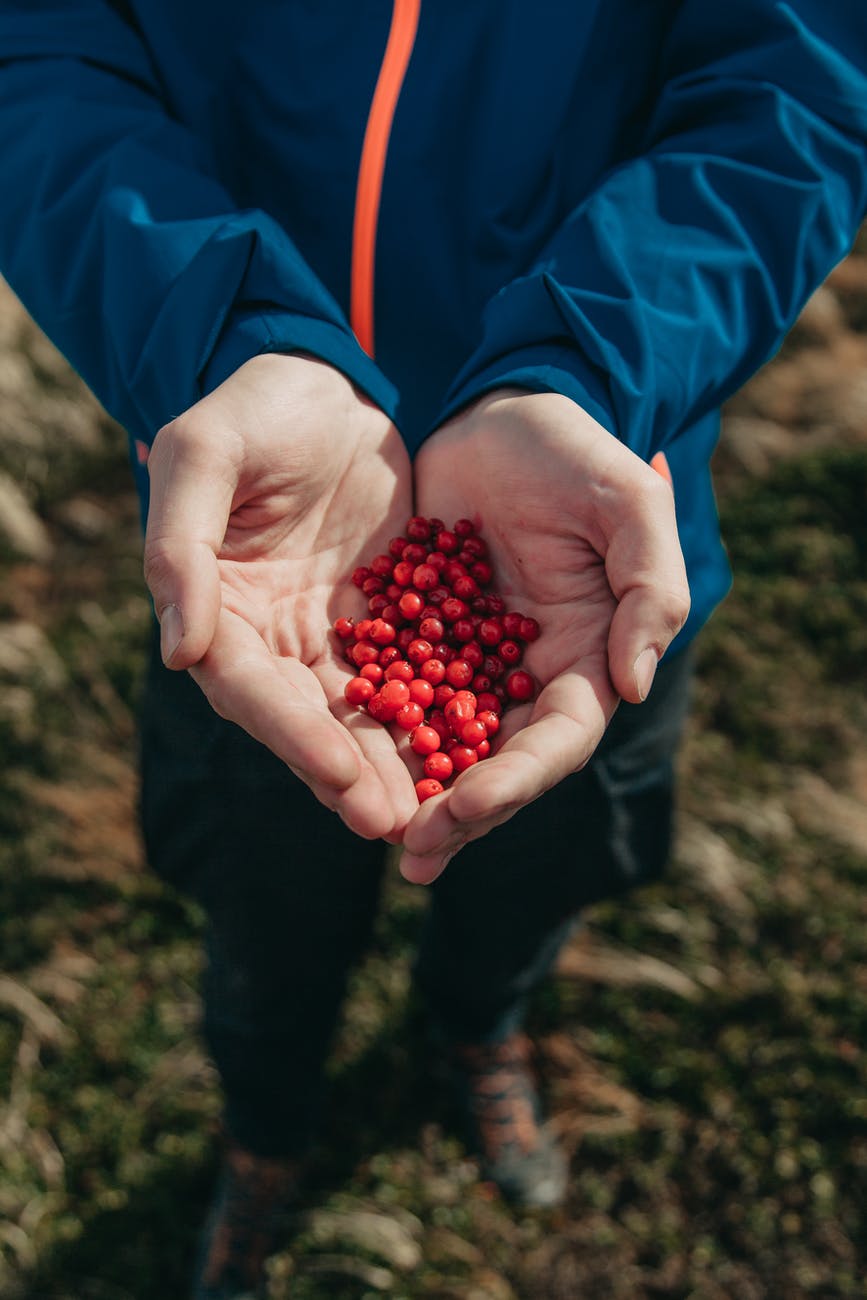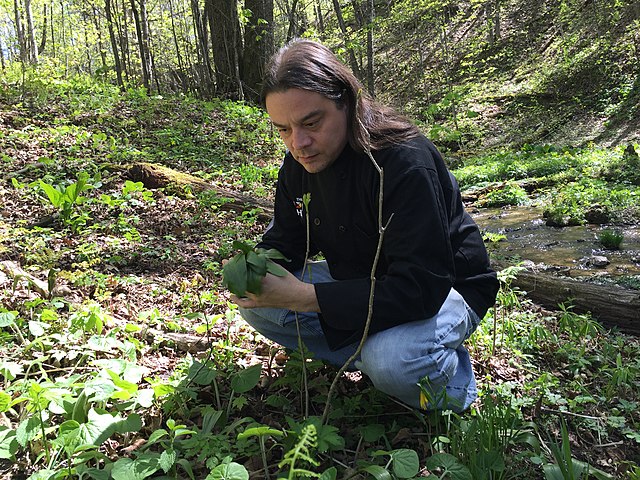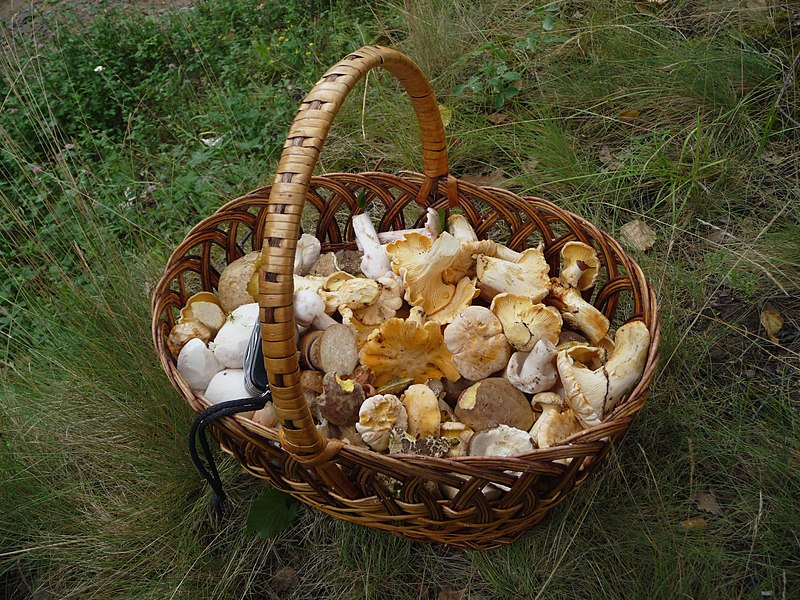With various food sources available – from local farmers markets to small groceries to big supermarket chains – it’s apparent that gathering food in the wild is a practice forgotten by most people.
Thus, this practice of searching, gathering, and preparing wild food – known as food foraging – is now seen as an art form. If you live near the open fields, forests, thickets, or woodlands, it’s easy to find food there. For an experienced food forager, nature is like a big supermarket, although most of what they can find will never make their way to the supermarket shelves.
Food foraging is not only cost-effective and convenient, but the food you gather in the wild can be a lot healthier than the food you buy at commercial stores and supermarkets.
Long before people began farming, they hunted wild animals for meat and gathered fruits, herbs, and crops in the forests. Now, with cultivated crops and the convenience of groceries and supermarkets, many people – at least in the Western countries – do not have an idea what food in the wild looks like, nor know how to prepare them.
Foraging food in the wild can be a fantastic experience. Plus, it will arm you with knowledge and skills that will help you prepare for the worse circumstances, such as food shortages as a result of natural or man-made disasters. Thus, aside from being an art, food foraging can also be a tool for survival.
Gathering food in the wild safely
If you want to practice this art but don’t know where to begin, fortunately there’s always the Internet where you can find useful articles about this subject. For food foraging beginners, they can find useful tips for safe gathering of edible wild foods.
With sufficient knowledge, you will be able to learn how to identify plants before consuming them. You just can’t eat anything that looks good to eat. Not all plants and fruits are edible, and sometimes both edible and poisonous (or hallucinogenic) plants look identical to each other. While some plants are not that poisonous, they may be unpalatable.
Remember to trust your instincts – when in doubt, don’t eat it.
While the Internet is a good source, it wouldn’t hurt if you buy some great books about food foraging. You can also carry them as your handy guide as you are in the middle of the woods looking for some edibles.
Here are the general guidelines to follow as you embark on your food foraging journey in the wilderness:
- Stay away from anything bright and colorful. Their vivid appearance is nature’s way of telling you that eating them might kill you. The classic examples are some bright red mushrooms or berries
- Don’t assume that if a wild animal eats something, it is also edible to a human.
- If you are foraging with your children, it can be fun if it’s done safely. Don’t let your children eat anything without your permission.
- Steer clear from the plants that have a strong, disagreeable odor.
- Avoid plants that grow alongside busy roads or in developed areas, as they might have been contaminated with pollutants or treated with pesticides. But if you have gathered food from these areas, make sure to wash them thoroughly.
- Avoid eating or making contact with leaves that grow in threes or in clusters (such as ivy).
- Try morsels of any edible food one by one to make sure that your body would not react negatively to it. While some edible wild food does not cause allergies to some, it does to others.
- Avoid berries or other fruits that appear to be rotten.
- While some plants are okay being eaten raw, others taste better when they are cooked. Learn how to prepare wild foods that you have gathered, properly and safely.
- It’s wise to go along with a qualified instructor who will show you which types of wild plants are safe to consume.
Here is a partial list of the edible plants, fruits, and fungi to be found in the wild:
- Bamboo
- Blackberry
- Blueberry
- Cattail
- Chanterelle
- Chicken of the woods
- Chickweed
- Chicory
- Clover
- Coltsfoot
- Cranberry
- Curled dock
- Currant
- Dandelion
- Elderberry
- Field pennycress
- Fireweed
- Garlic mustard
- Gooseberry
- Green seaweed
- Jerusalem artichoke
- Kelp
- Lion’s mane mushroom
- Lobster mushroom
- Maitake mushroom
- Miner’s lettuce
- Morel
- Nasturtium
- Oyster mushroom
- Pine nuts
- Plantain (not to be confused with the type of banana)
- Prickly pear cactus
- Purslane
- Red clover
- Rose hips
- Sheep sorrel
- Stinging nettle
- White mustard
- Wild leek
- Wild strawberry
- Wood sorrel



